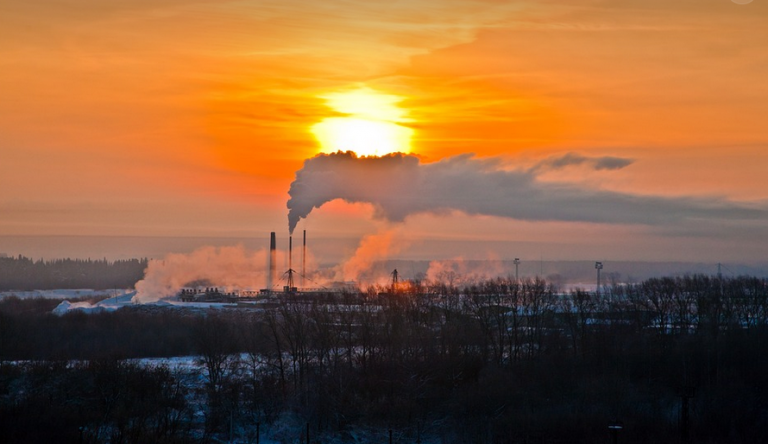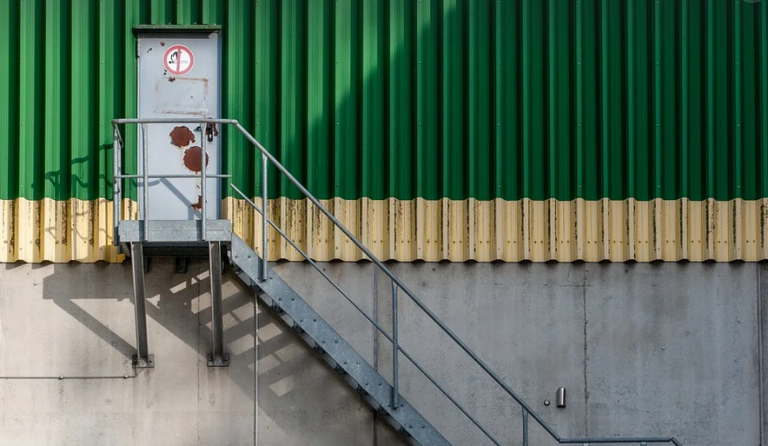
Understanding the Problem
Having a furnace in your home is like having a warm hug on chilly days, but there’s one potential issue that can turn this comfort into a major hassle – condensate line freezing. This happens when the condensate lines connected to your furnace become iced over, and while it might sound like something out of a science fiction movie, it’s a serious problem for homeowners.
The reason behind this frozen mess is fairly straightforward: the condensation formed by your furnace naturally cools down. This cool air can easily drop below the freezing point of water when exposed to even slightly colder conditions.
Why Should You Care About Frozen Condensate Lines?
Frozen condensate lines aren’t just aesthetically unappealing; they pose a genuine threat to your furnace and plumbing system.
- **Damage to Your Furnace:** The ice buildup can cause significant stress on the condensate line, potentially resulting in breakage or leaks. This leads to costly repairs or even replacement of the entire system if not addressed immediately.
- **Moisture Issues:** When the condensate lines freeze, they might develop blockages, causing water to back up and potentially damage your basement walls, floors, or even the electrical wiring around them.
- **Efficiency Concerns:** Frozen condensate lines can significantly hinder the efficiency of your furnace. This is because the heat needs to travel further to thaw the ice buildup, leading to higher energy consumption and reduced effectiveness.
Common Causes of Frozen Condensate Lines
The culprits behind frozen condensate lines are often easy to identify. Here’s a closer look at some common causes:
- **Low Outdoor Temperatures:** The most frequent culprit, as this is when the air temperature drops below freezing and the condensate line experiences a drastic drop in temperature.
- **Insufficient Insulation:** Inadequate insulation around your condensate line can lead to significant fluctuations in temperature, making it more susceptible to freezing.
- **Lack of Air Circulation:** Poor ventilation or insufficient airflow around your furnace can trap the cold air and prevent it from escaping as easily, leading to colder temperatures.
Protecting Your Furnace and Plumbing System
Prevention is always better than cure when it comes to frozen condensate lines. Here’s how you can effectively protect your furnace and plumbing system:
- **Insulate the Condensate Lines:** Installing proper insulation around your condensate line will significantly reduce the effect of temperature fluctuations, making it less likely to freeze over.
- **Regular Maintenance:** Schedule routine maintenance for your furnace and condensate lines. This involves checking for any leaks or blockages, as well as cleaning the condensation drain to ensure proper drainage and prevent buildup.
- **Proper Ventilation:** Provide adequate ventilation around your furnace by ensuring there’s sufficient space between the unit and walls.
- **Consider a Condensate Drain Kit:** A dedicated condensate drain kit designed for use in these situations can help keep condensate flowing smoothly, reducing the chances of build-up.
What to Do if Your Condensate Line Freezes
While prevention is always best, there are steps you can take if your condensate line freezes.
**Step 1: Identify the Problem:** Look for any visible signs of ice buildup or potential leaks.
**Step 2: Unfreezing the Line:** Use a hairdryer on low heat to warm the freeze up, melting the ice gradually.
**Step 3: Check for Blockages:** Once the line is thawed, check for any blockages in the drain line. This can be done using a small wire or by slowly running a thin object through the line.
When to Call a Professional
If you feel overwhelmed, don’t hesitate to reach out to a professional HVAC technician. They have the expertise to diagnose any underlying issues and provide the most effective solution to prevent future freezing incidents



